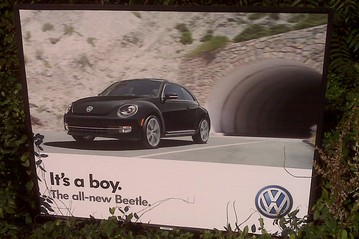The Cost Of The Culture Of Masculinity
The U.K. Guardian published a piece by two professors about the human and financial cost of “masculine culture.” On International Day for the Elimination of Violence Against Women (which was November 25th) Cynthia Cockburn and Ann Oakley made the case that men – who aren’t held accountable in that day’s name or mandate – are the overwhelming perpetrators of violence.
The fact that men are mainly responsible for violent and health-harming behaviours, not only against women and children but also against each other, is so taken for granted that it slips beneath the radar of commentators and policymakers.
The authors quote numerous statistics to make their point:
In 2009-10, men were perpetrators in 91% of all violent incidents in England and Wales. The figures vary by type of incident: 81% for domestic violence, 86% for assault, 94% for wounding, 96% for mugging, 98% for robbery. [U.K. Ministry of Justice] figures for 2009 show men to be responsible for 98%, 92% and 89% of sexual offences, drug offences and criminal damage respectively. Of child sex offenders, 99% are male. The highest percentages of female offences concern fraud and forgery (30%), and theft and handling stolen goods (21% female).
Men even commit more traffic and speeding violations – 87% and 81% respectively. Men are responsible for the vast majority of dangerous driving offenses (97%) and accidents causing injury or death (94%).
On the financial side, the Cockburn and Oakley project the money saved from injuries of the crimes themselves, lost work and productivity, and the costs of trying and incarcerating criminals would be in the tens of billions of British pounds.
I don’t doubt any of these numbers. I’m sure the statistics trend similarly in the United States. Our prisoners are overwhelming male: over 90%. And I wouldn’t be surprised if prison costs in the U.S. were even more than in the U.K. given our comparatively larger prison population.
Cockburn and Oakley conclude with:
The case we are making is that certain widespread masculine traits and behaviours are dangerous and costly both to individuals and society. They are amenable to purposeful change. The culture of masculinity can be, and should be, addressed as a policy issue.
Ok, but how?

